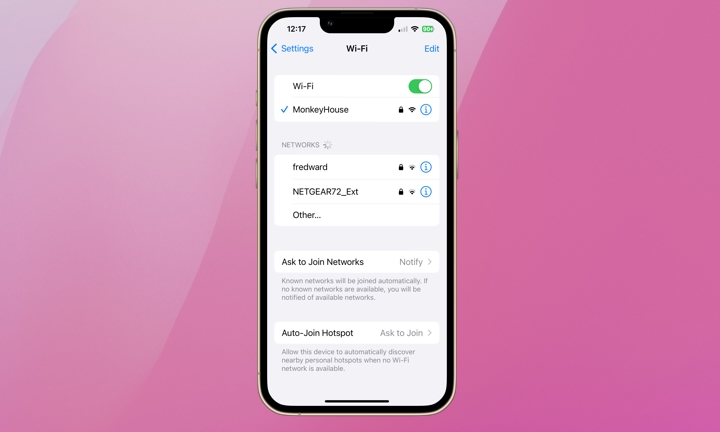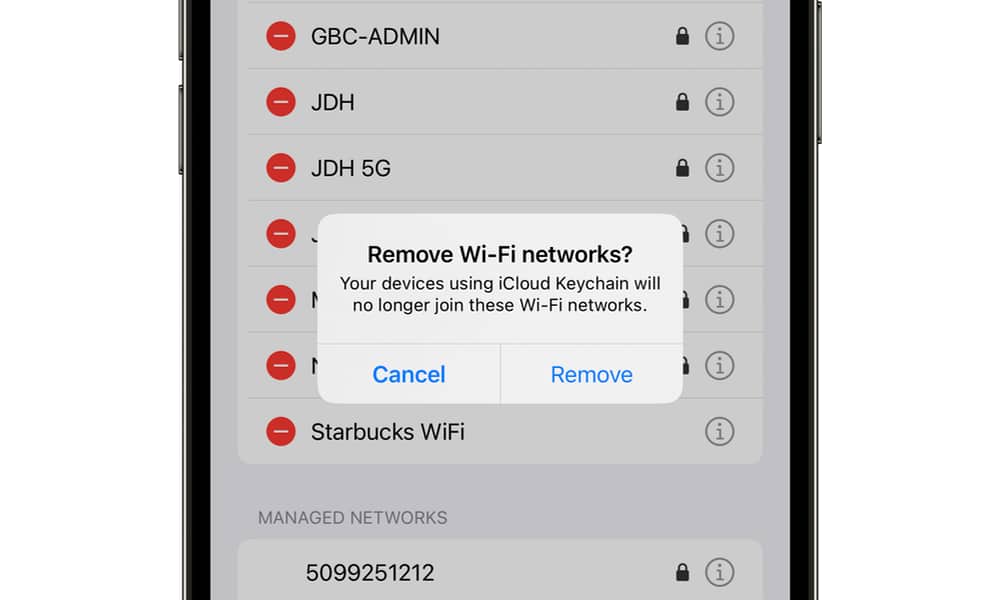Apple Hopes to Protect You from Unsafe Public Wi-Fi Networks
 Credit: Jesse Hollington / iDrop News
Credit: Jesse Hollington / iDrop News
Toggle Dark Mode
The dangers of public Wi-Fi are manifold. Using public Wi-Fi can expose users to several security risks and privacy issues. Public Wi-Fi networks often have minimal security, making it easier for attackers to access and steal data.
For one thing, public Wi-Fi is typically unencrypted, meaning data transmitted over the network isn’t secure and can easily be intercepted by hackers. Cybercriminals sometimes create fake Wi-Fi networks that mimic the name of a legitimate public network to capture information. This is known as a rogue network or evil twin attack. Hackers will also exploit vulnerabilities in devices connected to public Wi-Fi to distribute malware.
It’s easy to paint a scary picture of the dangers of public Wi-Fi. However, we also know using it is often unavoidable. Whether we’re at a hotel on vacation, in an airport, or at a cafe, many of us regularly connect to public Wi-Fi without thinking twice.
The good news is that Apple recently had a patent approved that could take the guesswork out of choosing a public Wi-Fi network and ease fears around the necessary evil of connecting to an untrusted network.

In March 2023, Apple applied for a patent called CROWD Sourced Privacy Preserving Access Point Mapping. The patent was recently granted on July 16, 2024. In the patent’s abstract, Apple states:
…a server device can receive access point data reports from multiple user devices that includes various attributes and/or measurements with respect to access points with which the user devices have established connections. The access point data reports can be delivered without identifying the user devices, or users thereof, and their exact locations. Based on the access point data reports, the server device can map locations of access points and relationships between access points to generate network topologies, network locations, network quality scores, and various other characteristics of networks and/or access points. The generated access point data can be served to user devices so that the user devices can improve the efficiency of the interactions between user devices and the detected access points and/or networks.
What does this mean? It’s possible that one day when we select a public Wi-Fi network on our Apple device, we’ll see much more information about it than merely the network name and signal strength.
For example, we could see details on each network’s safety and reliability based on anonymized interactions of previous or current users. This information could be reflected individually or provided as an overall quality score.
Public Wi-Fi Best Practices
While we wait to see if this patent becomes a reality, here’s a simple list of best practices to maintain your privacy and security while connected to a public Wi-Fi network.
- Use a VPN. A Virtual Private Network (VPN) encrypts your internet connection, making it more difficult for hackers to intercept data.
- Avoid accessing sensitive information. Be careful when using banking, shopping, and other sensitive accounts while on public Wi-Fi. If you do need to visit these sites, be sure your browser is up to date and you’re using a secure HTTPS connection rather than unencrypted HTTP, as described below.
- Forget the network. After using public Wi-Fi, forget the network to prevent automatic reconnection in the future.
- Use strong passwords.
- Keep your software up to date. This includes your web browser, as older browsers may be using weaker encryption ciphers that are more easily cracked.
- Ensure websites are encrypted. When entering personal information, make sure the website is encrypted. Encrypted websites use https://. Look for https:// on each page. Add an “s” to the “http” address prefix to force the website to display the encrypted version. If one doesn’t exist, don’t input any personal information.
While there’s no guarantee as to when or even if we’ll see the technology described in this patent show up on our iPhone or other Apple devices, it would be a welcome addition. This patent is directly in line with Apple’s position on maintaining user privacy and security wherever possible. Expanding the ability of a device to take the guesswork out of selecting a public Wi-Fi network would give peace of mind to all Apple users, especially those who travel often.








